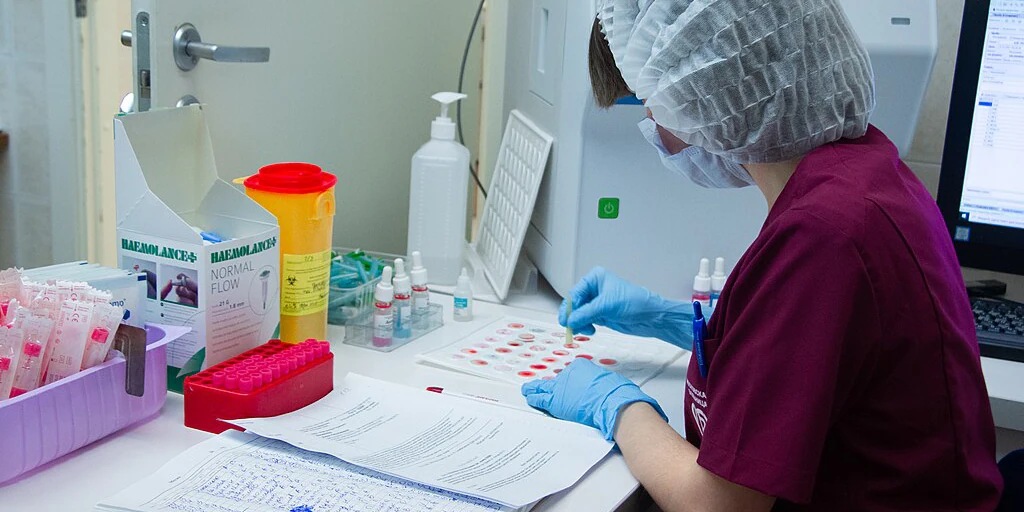Blood test can predict Parkinson’s disease 7 years before symptoms appear

A simple blood test using artificial intelligence (AI) can predict Parkinson’s disease seven years before symptoms appear. …
The team then conducted a trial to see if the test could predict a person’s likelihood of developing Parkinson’s disease.
They did this by analyzing the blood of 72 patients with rapid eye movement disorder (iRBD). This disorder causes patients to physically act out their dreams without even knowing it (by having vivid or violent dreams). It is now known that approximately 75-80% of people with iRBD will develop synucleinopathy (a type of brain disease caused by an abnormal accumulation of the protein alpha-synuclein in brain cells), including Parkinson’s disease.
When the machine learning tool analyzed the blood of these patients, it found that 79% of iRBD patients had the same profile as people with Parkinson’s disease.
Early diagnosis will be helpful in finding treatments that could slow or stop Parkinson’s disease.
Patients have been followed for ten years, and AI predictions have so far been consistent with clinical conversion rates: AndThe team correctly predicted that 16 patients would develop Parkinson’s disease, and were able to do so seven years before it began.. any symptoms.
They are currently continuing to track those predicted to develop Parkinson’s disease to further test the test’s accuracy.
Parkinson’s disease is the world’s fastest growing neurodegenerative disease, currently affecting nearly 10 million people worldwide.
Nerve cells
It is a progressive disease caused by the death of nerve cells in a part of the brain called the substantia nigra, which controls movement. These nerve cells die or are destroyed, losing the ability to produce an important chemical called dopamine due to the accumulation of the protein alpha-synuclein.
Currently, people with Parkinson’s disease are treated with dopamine replacement therapy after they have already developed symptoms, such as tremors, slowness of movements and gait, memory problems.. But researchers believe early prediction and diagnosis will be useful in finding treatments that could slow or stop Parkinson’s disease by protecting the brain cells that produce dopamine.
“As new treatments become available for Parkinson’s disease, we need to diagnose patients before they develop symptoms. “We can’t regenerate our brain cells, so we have to protect the ones we have,” says lead author Professor Kevin Mills from the Institute of Child Health at the University of California, Great Ormond Street, UK.
According to co-author Michael Bartl from the University Medical Center Göttingen and the Paracelsus-Elena-Kassel Hospital (Germany), “by identifying 8 proteins in the blood, we can identify possible patients with Parkinson’s disease several years in advance. This means that treatment methods can be prescribed at an earlier stagewhich could slow the progression of the disease or even prevent its onset.
“We have not only developed a test, but we can also diagnose the disease based on markers that are directly related to processes such as inflammation and the degradation of non-functional proteins. Therefore, these markers represent possible targets for new pharmacological treatments,” he adds.
Co-author Professor Kailash Bhatia from the UCL Queen Square Institute of Neuroscience and the UCL National Hospital for Neurology and Neurosurgery and his team are currently testing the test’s accuracy by analyzing samples from those members of the population who are at high risk of developing Parkinson’s disease, for example, in people with mutations in certain genes such as “LRRK2” or “GBA”, which cause Gaucher disease.
The team also hopes to receive funding to create a simpler blood test, in which a drop of blood can be detected on a card and sent to a laboratory to see if it can predict Parkinson’s disease even earlier than seven years before symptoms appear. .
